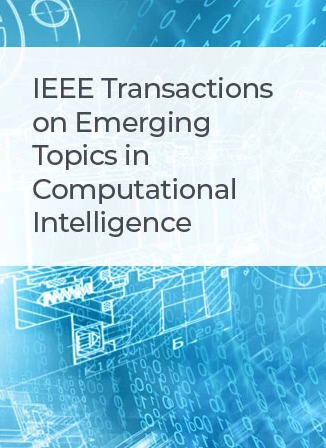Benchmarking Medical LLMs on Anesthesiology: A Comprehensive Dataset in Chinese
IF 5.3
3区 计算机科学
Q1 COMPUTER SCIENCE, ARTIFICIAL INTELLIGENCE
IEEE Transactions on Emerging Topics in Computational Intelligence
Pub Date : 2025-01-14
DOI:10.1109/TETCI.2024.3502465
引用次数: 0
Abstract
With the recent success of large language models (LLMs), interest in developing them for medical domains has increased. However, due to the lack of benchmark datasets, evaluating the capabilities of medical LLMs remains challenging, particularly in highly specialized fields such as anesthesiology. To address this gap, we introduce a comprehensive anesthesiology benchmark dataset in Chinese, known as the Chinese Anesthesiology Benchmark (CAB). This benchmark facilitates the evaluation of medical LLMs for anesthesiology across three crucial dimensions: knowledge, application, and safety. Specifically, the CAB provides more than 8 k questions collected from examinations and books for knowledge-level evaluation; more than 2 k questions collected from online anesthesia consultations and hospitals for application-level evaluation; and 136 tests from seven anesthesia medical care scenarios for safety-level evaluation. With the proposed CAB dataset, we conducted a thorough evaluation of six medical LLMs, such as Bianque-2 and HuatuoGPT-13B, and eleven general LLMs, such as Qwen-7B-Chat and GPT-4. The evaluation results revealed that there are still clear gaps in the capacities of medical LLMs for anesthesiology compared with those of medical students in the field of anesthesia. We hope that the proposed CAB dataset can facilitate the development of medical LLMs for anesthesiology.麻醉学医学法学硕士标杆化:中文综合数据集
随着最近大型语言模型(llm)的成功,在医学领域开发它们的兴趣增加了。然而,由于缺乏基准数据集,评估医学法学硕士的能力仍然具有挑战性,特别是在高度专业化的领域,如麻醉学。为了解决这一差距,我们引入了一个全面的中文麻醉学基准数据集,称为中国麻醉学基准(CAB)。该基准有助于在三个关键维度上评估麻醉医学法学硕士:知识、应用和安全。具体来说,CAB提供了超过8000个从考试和书本中收集的问题,用于知识水平评估;从在线麻醉咨询和医院收集了超过2000个问题,用于应用级评估;并对7个麻醉医疗场景的136项测试进行安全水平评估。利用CAB数据集,我们对6个医学法学硕士(如Bianque-2和HuatuoGPT-13B)和11个通用法学硕士(如Qwen-7B-Chat和GPT-4)进行了全面评估。评估结果显示,与麻醉专业医学生相比,医学麻醉学法学硕士的能力仍有明显差距。我们希望拟议的CAB数据集可以促进麻醉学医学法学硕士的发展。
本文章由计算机程序翻译,如有差异,请以英文原文为准。
求助全文
约1分钟内获得全文
求助全文
来源期刊

IEEE Transactions on Emerging Topics in Computational Intelligence
Mathematics-Control and Optimization
CiteScore
10.30
自引率
7.50%
发文量
147
期刊介绍:
The IEEE Transactions on Emerging Topics in Computational Intelligence (TETCI) publishes original articles on emerging aspects of computational intelligence, including theory, applications, and surveys.
TETCI is an electronics only publication. TETCI publishes six issues per year.
Authors are encouraged to submit manuscripts in any emerging topic in computational intelligence, especially nature-inspired computing topics not covered by other IEEE Computational Intelligence Society journals. A few such illustrative examples are glial cell networks, computational neuroscience, Brain Computer Interface, ambient intelligence, non-fuzzy computing with words, artificial life, cultural learning, artificial endocrine networks, social reasoning, artificial hormone networks, computational intelligence for the IoT and Smart-X technologies.
 求助内容:
求助内容: 应助结果提醒方式:
应助结果提醒方式:


